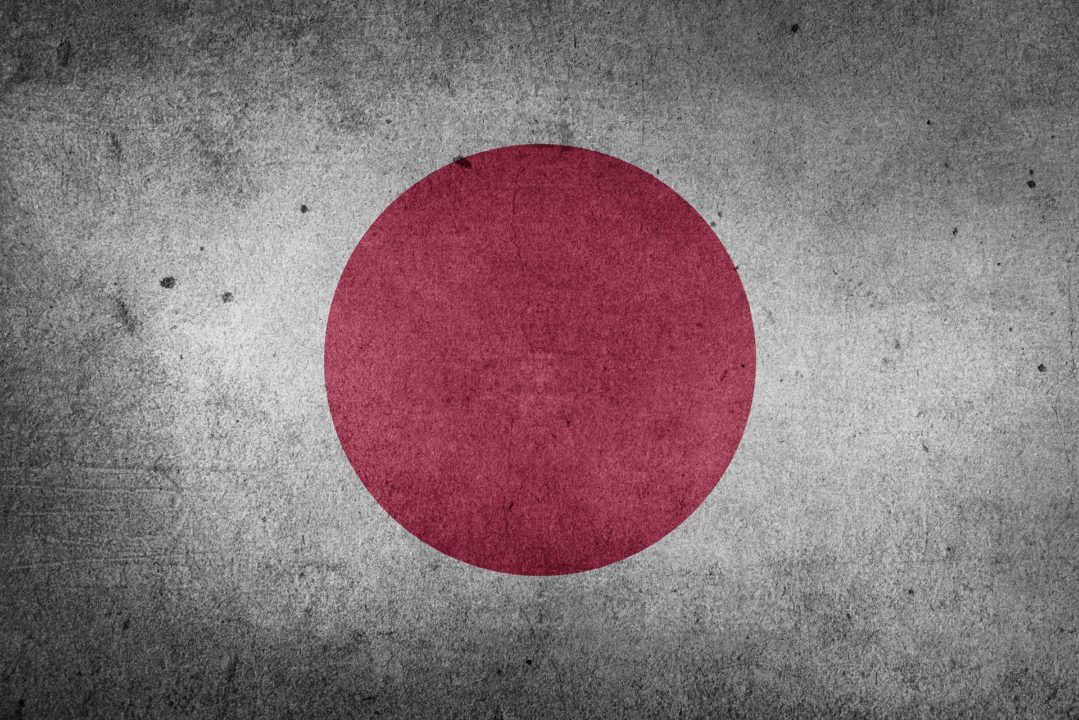As the coronavirus curve appears to be flattening in areas around the world, nations are slowly reopening their economies and ‘normal’ ways of life, albeit with new stipulations to keep COVID-19 infections at bay.
In Japan, for example, May 14th marked the day Prime Minister Shinzo Abe lifted the state of emergency statuses in 39 prefectures, including Ibaraki, Ishikawa, Gifu and Fukuoka, the latter of which is set to host the net edition of the FINA World Aquatic Championships.
States of emergency continue, however, in Hokkaidō, Chiba, Saitama, Tokyo, Kanagawa, Kyoto, Osaka, and Hyōgo until at least May 21st. This means training hotbeds, such as Waseda University, once-home to the likes of Daiya Seto and Ippei Watanabe, remain closed. That campus specifically states it will remain so until May 31st.
In the meantime, Japan’s Swimming Club Association and Health Sports Medical Science Committee have collaborated on official COVID-19 guidelines for when pools can reopen.
Japanese Swimming Club COVID19_Guidelines
As with other policies unveiled around the world, Japan’s document addresses restrictions on the number of visitors and participants, as well as instituting temperature checks at the door for all those entering the facility.
Mandatory use of masks outside the pool is also listed, with a special note about swimming instructors possibly using the ‘Rockin Pool’ mask we highlighted in a recent Beyond the Lane Lines edition. Junya Nishikawa‘s mask invention is made of vinyl and allows air to enter under the chin, enabling the wearer to breathe even when wet.
At the time of publishing, Japan has reported 16,132 coronavirus cases. You can review a breakdown of these per prefecture here.
